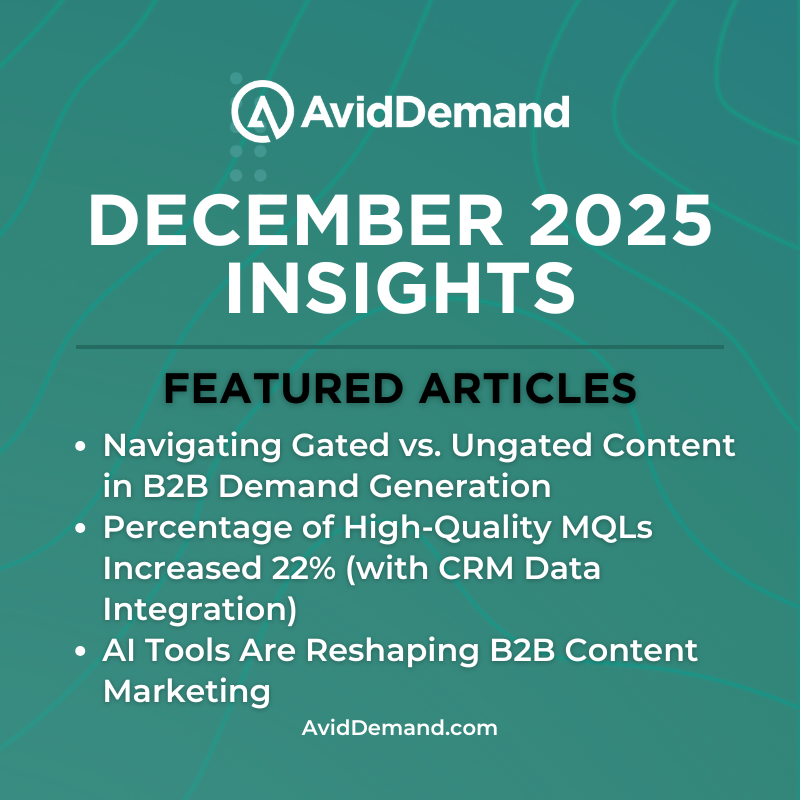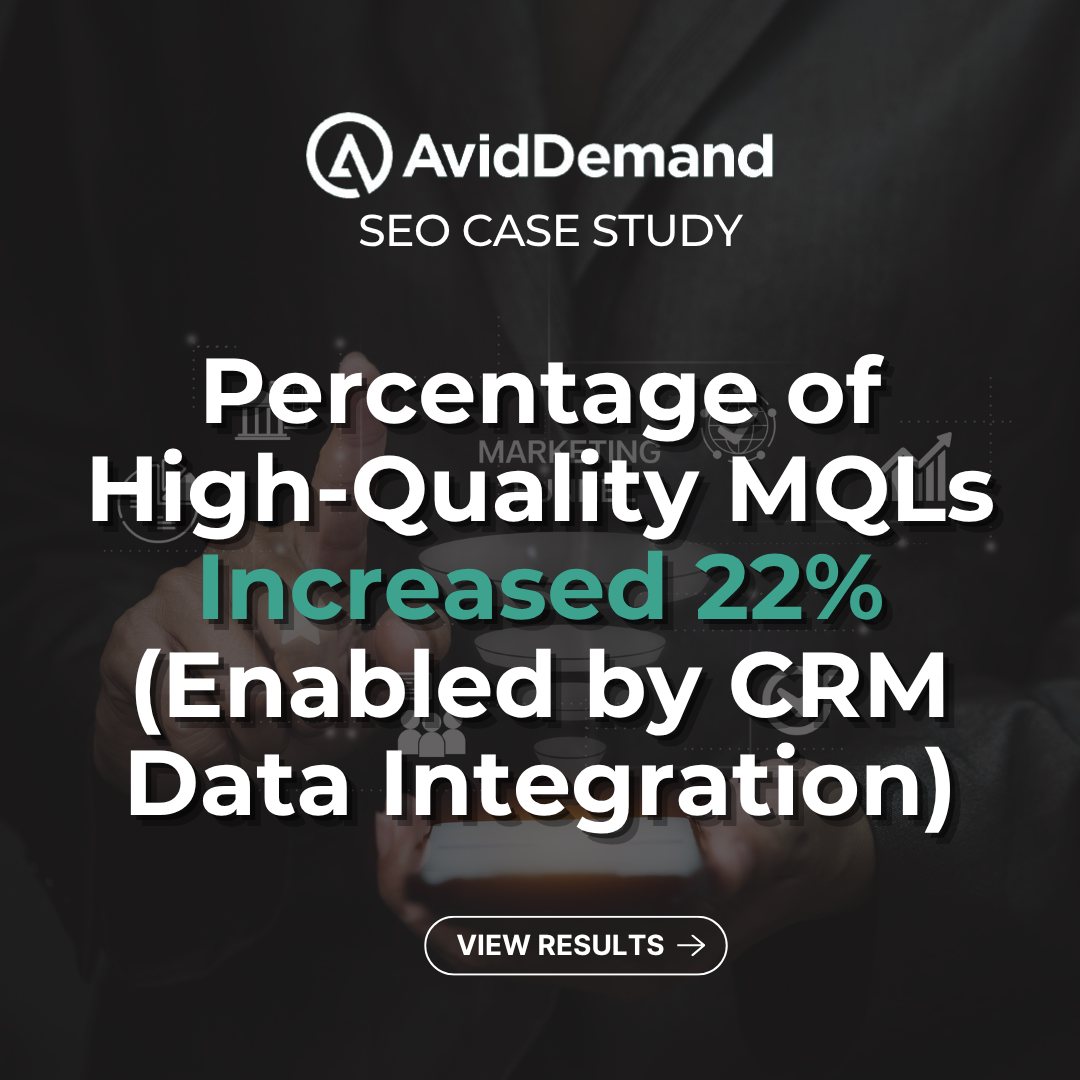What is Marketing Attribution?
Most B2B buyers engage with a brand across several digital channels as they move through their research and buying journey. In fact, the average business buyer is exposed to a brand 36 times before making a purchase decision. With this many touchpoints, it can be a real challenge for marketers to determine which marketing channels and campaigns play a role in each customer’s journey.
This is where marketing attribution comes in. Attribution models assign value to various interactions and touchpoints and help marketers understand which programs influence buyers. This knowledge allows marketers to optimize their marketing programs accordingly, applying time and money to the most effective and influential efforts.

Comparing Attribution Models
There are a variety of attribution approaches with each method assigning value to interactions differently. Here is an overview of several of the most popular models.
First-touch attribution
First-touch (or first-click) attribution gives all the conversion credit to the first marketing channel that a customer interacts with. For example, a prospect could click on your LinkedIn ad but not take any action. Then a week later, that same person might click on your Google search ad and complete a registration form on the landing page, thus becoming a conversion. With first-touch attribution, all the credit for that conversion will go to LinkedIn.
Pros:
- One of the most simple and straightforward models, making it easy to implement.
- Particularly helpful for businesses with short sales cycles and buyers that typically convert quickly.
Cons:
- Negates the effects of marketing channels and touchpoints that occur after the first interaction, which could lead to short-sighted inaccurate findings.
Last-touch attribution
Last-touch (or last-click) attribution is probably the most popular approach. It gives all the conversion credit to the last interaction. Using the above example, all of the conversion credit would go to Google Ads, as it is the last channel the prospect interacted with before completing a registration form.
Pros:
- Similarly to first-touch attribution, it is easy to implement.
- In terms of simple, single-touch models, this method might be more insightful than first touch, for companies with longer sales cycles.
Cons:
- Ignores the importance of the earlier stages of the customer journey.
Linear attribution
The linear attribution model assigns equal credit to all customer touchpoints. In the above example, LinkedIn and Google would each be assigned 50% of the credit for the conversion.
Pros:
- Gives a well-rounded, balanced approach to assessing all marketing channels involved.
Cons:
- Does not help identify the most effective channel at any point in the customer journey.
Time decay attribution
Time decay attribution is similar to linear in that credit is given to all touchpoints. However, the time decay model gives more credit to later touchpoints and less credit to first or early interactions. In our example, LinkedIn would get less credit (perhaps 30%) and Google Ads would get more (perhaps 70%).
Pros:
- Good for businesses with long sales cycles that heavily rely on relationship-building to close deals.
- Useful for optimizing the most influential touchpoints which occur right before conversion.
Cons:
- Probably too complicated for businesses with shorter sales cycles.
Position-based attribution
With this “U Shape” approach: 40% credit is given to the first touchpoint, 40% to the last touchpoint, with the remaining 20% spread out evenly between all touchpoints in the middle.
Pros:
- A good model for businesses with long sales cycles that have both brand awareness and conversion goals.
Cons:
- If there are many touchpoints, the conversion credit may be spread too thin, making insights difficult.
Data-driven attribution
Data-driven attribution is now (typically) the recommended model within Google Ads. With this model, Google assigns credit based on how prospects interact with your brand. Google utilizes data from keywords, ads, and campaigns to attribute the conversion credit to various touchpoints.
Pros:
- Uses advanced advertising data to calculate contribution of each touchpoint, based on the probability of conversion.
- One of the most accurate models, especially for allocating ad spend.
Cons:
- Google’s attribution methodology is a bit of a “black box”. You can’t see the details behind how touchpoints are valued.
- Credit is not assigned to non-ad touchpoints, such as organic search or email marketing.
The importance of attributed pipeline reporting
In a previous article we discussed the importance of thinking beyond the click and measuring beyond the conversion. B2B marketers must understand how programs impact the sales pipeline and ultimately… revenue. Attribution plays an important role in this analysis. Your attribution model will determine how leads are labeled and which channels are given credit as leads progress through the pipeline.
Every B2B marketer should have a Performance Dashboard which includes attributed pipeline progression data. This helps businesses accurately justify their marketing investments and prove ROI.
To see an example of attributed pipeline reporting, please reach out to Avid Demand to review a typical Client Performance Dashboard.



